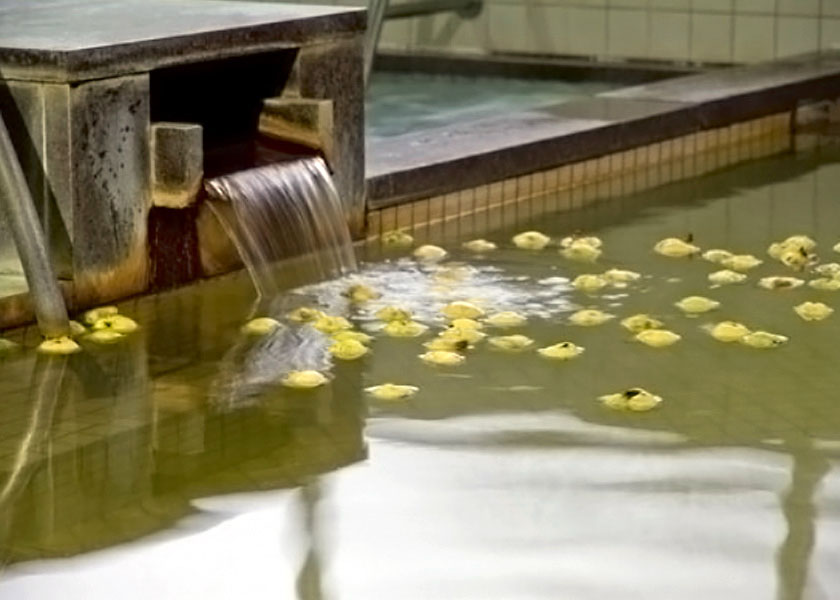
I received a letter from a friend in Hokkaido. It seems that Marumero-yu (the quince hot water) has started from the 25th. A long time ago, I remembered soaking in Marumero-yu at a hot spring on the way back from mountain climbing in Nagano Prefecture. The tiredness of the mountain was blown away at once by the hot water with a sweet scent. Marumero is not well known to the general public, but it is mainly cultivated in cold regions such as Nagano, Aomori, Akita, and Hokkaido. Sometimes called Seiyo-karin, it is characterized by its yellow, pear-shaped, rugged shape. It originated in Iran and Turkistan in Central Asia, and was brought to Japan from Portugal during the Edo period. The fruit is fragrant but has a strong sour taste. It is made up of hard fibers and cells, so it cannot be eaten raw. Marumero is loved all over the world, and it is used to make classic quince jam, fruit wine and honey, and to make bread, sweets, and sweets.
北海道の友人から便りが届きました。25日からマルメロ湯が始まったそうです。昔、長野県で登山の帰りに立ち寄った温泉でマルメロ湯に浸かったことを思い出しました。甘い香りが漂う湯に山の疲れがいっぺんに吹っ飛びました。マルメロは一般には余り知られていませんが、主に長野や青森、秋田、北海道などでの寒冷地帯で栽培されています。セイヨウカリンと呼ばれることもあり、黄色くて洋ナシ型のゴツゴツした形が特徴的です。原産は中央アジアのイランやトルキスタンで、日本へは江戸時代にポルトガルから伝来しました。果実は芳香があるが強い酸味があり、硬い繊維質と細胞で出来ているため生食はできませんが、世界各国で愛され、マルメロ定番のジャムや、果実酒や蜂蜜漬けにされ、パンやスイーツ、お菓子作りなどにも使われます。
